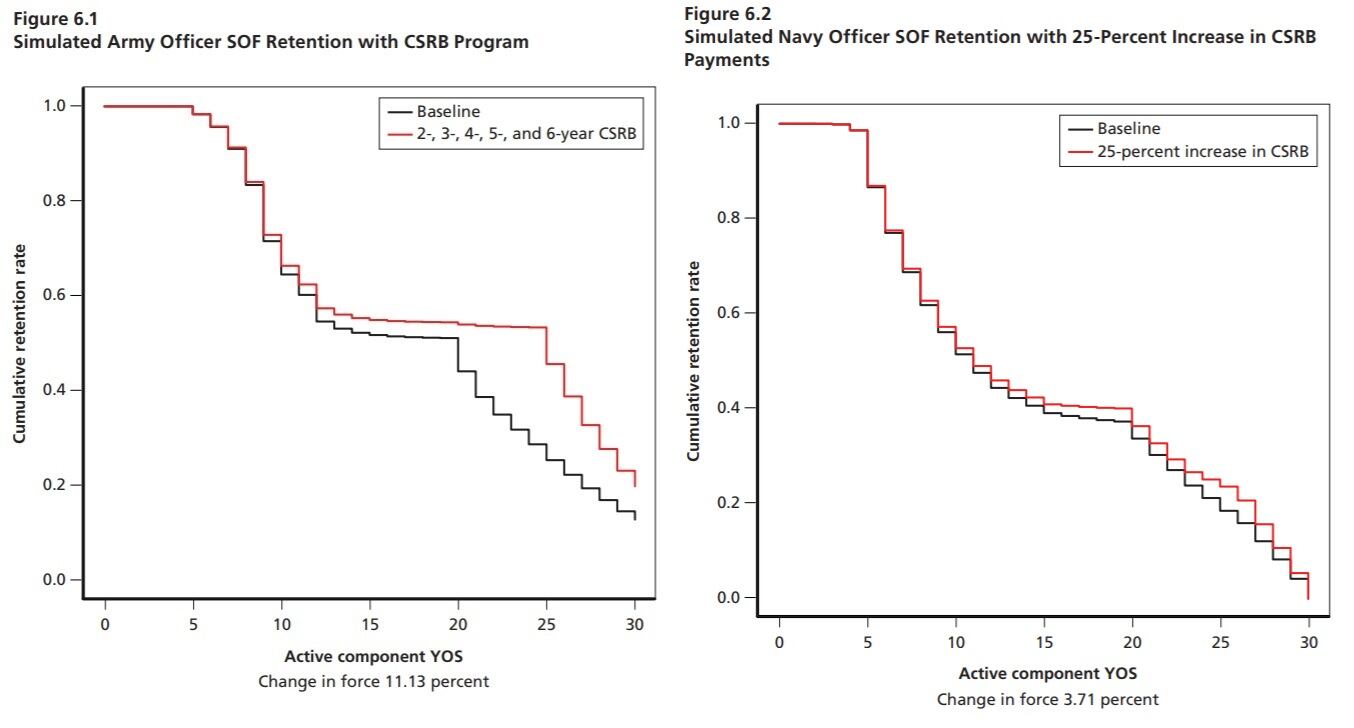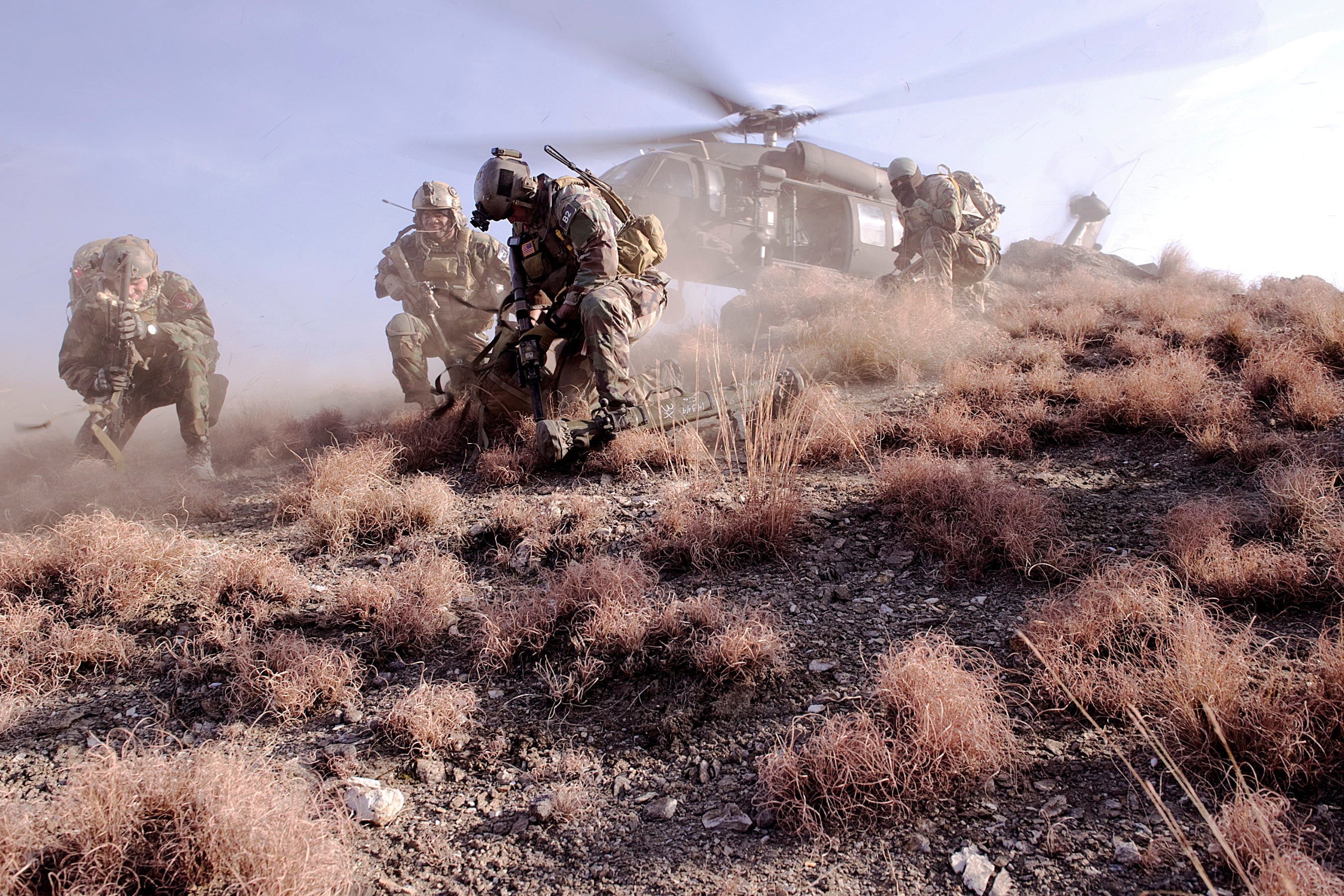Special operations is an intense career, and with the lucrative civilian job market looking for the experience and security clearances that go with it, the incentives to leave active duty can be strong.
That’s the subject of a new Rand Corp. study on Navy and Army special operations forces, and whether incentive pay might help those organizations bolster their numbers of seasoned officers.
“SOF members are highly selected and receive lengthy and costly training, making retention of those who qualify as SOF members a high priority,” according to the report, released Feb. 18.

Researchers used Rand’s Dynamic Retention Model to estimate decisions an officer would make to either stay or go, both on active duty and in the reserve component, each year over the course of a career, and how those decisions could be affected by the option of the Critical Skills Retention Bonus.
The CSRB has been available in the military since 2005, but so far, the Navy is the only service who offers it to special operations officers.
“Special and incentive pays are used to create incentives for retention to meet military manning requirements,” according to the report. “Although policymakers need a sound analytical and empirical basis for determining the effect of S&I pay changes on retention, no such capability currently exists for U.S. Special Operations Forces commissioned officers.”
Researchers plugged in data from the Army and Navy on their SOF officers who entered service between 1990 and 2000 and followed them through 2012.
In the Army, the study focused on officers in the Special Forces, psychological operations and civil affairs career fields, components of Army Special Operations Command where personnel generally complete selection and then spend their careers in those kinds of units.
For the Navy, the numbers came specifically from SEAL-qualified officers serving in Naval Special Warfare units. The Air Force and Marine Corps were not included in the study because they didn’t have comparable data to share, the report said.
The modeling covers possible pay while on active duty versus returning to civilian life, as well as the option to join a reserve unit. It also considers “random shocks” ― like a preferred assignment, a marriage or divorce, or promotion prospects ― that could affect propensity to continue serving, as well as individual experiences that would affect decisions.
The Army doesn’t currently offer a CSRB to these officers, though it has for senior noncommissioned officers and warrant officers.
For the purposes of the study, researchers used the warrant CSRB, which is available to troops with between 19 and 25 years in service, as an example: $18,000 per year for two years; $30,000 per year for three years; $50,000 for four years; $75,000 for five years; and $150,000 for six years.
RELATED

“We found that offering the CSRB program to Army SOF officers would have a large effect on steady-state retention, increasing the size of the SOF officer force by 10.6 percent,” the report said.
Most of the increase would come from officers with more than 19 years in service, extending their careers past retirement eligibility, when many soldiers choose to leave active duty.
For the Navy, the current CSRB offers up to $25,000 a year for a five-year contract to officers who have served between 15 and 18 years. The next offering comes online when an officer has served between 20 and 23 years, at $15,000 a year for a five-year obligation,
Increasing the current Navy bonuses by 25 percent would give about a 4-percent boost, RAND found, according to their modeling, between the 15- and 26-year mark.
“These are not policies currently under consideration; we chose them to illustrate the simulation capability because they are ones that might be considered in the future,” the report said.
The modeling could also plug in other special pays, like jump, dive or hazardous duty, to predict if changes to those existing incentives would affect retention as well.
Meghann Myers is the Pentagon bureau chief at Military Times. She covers operations, policy, personnel, leadership and other issues affecting service members.





